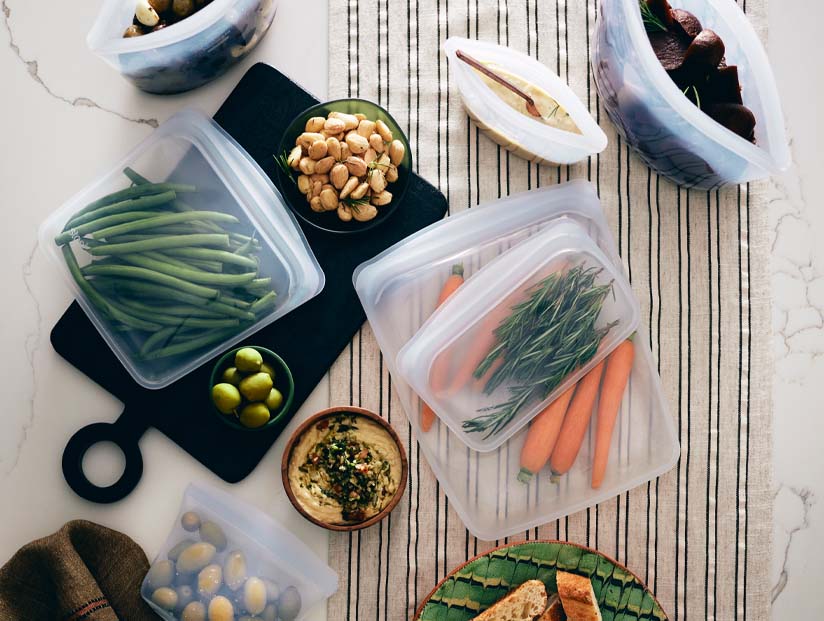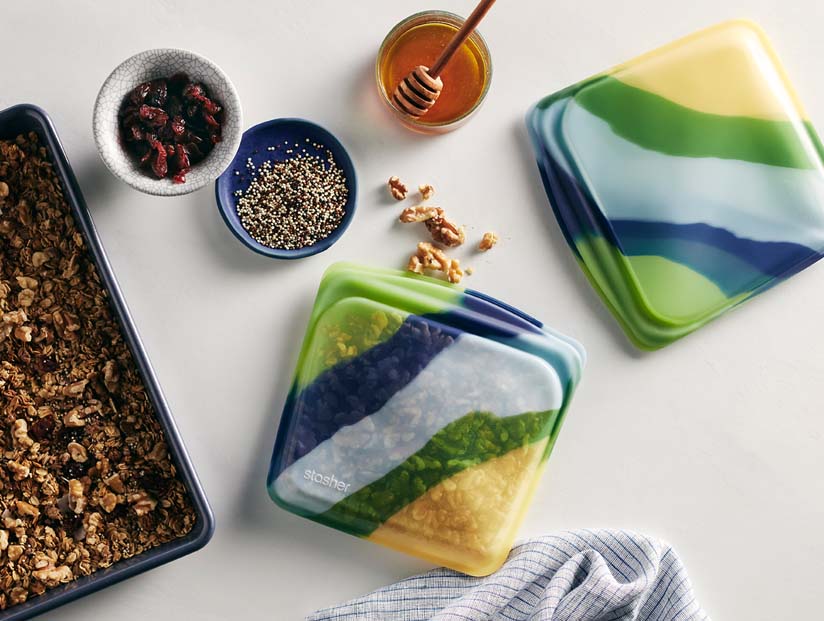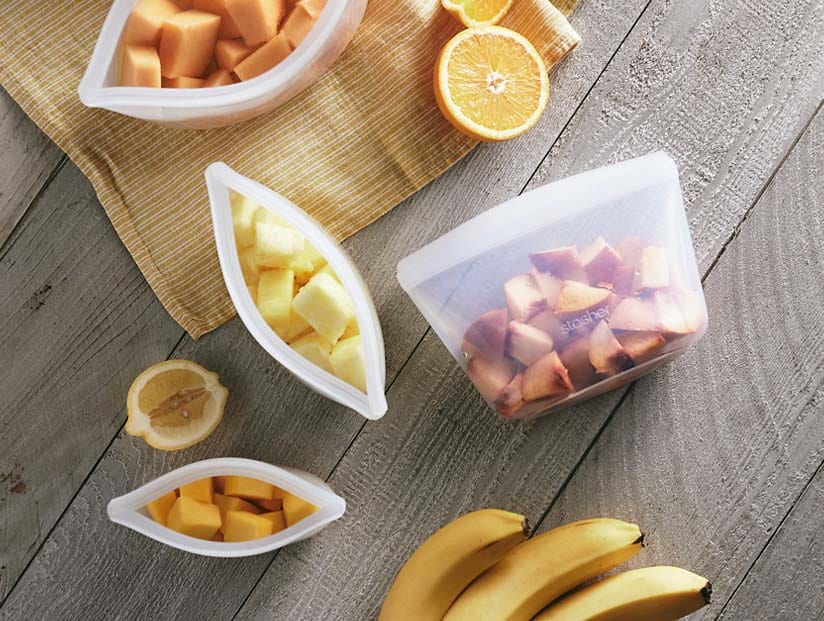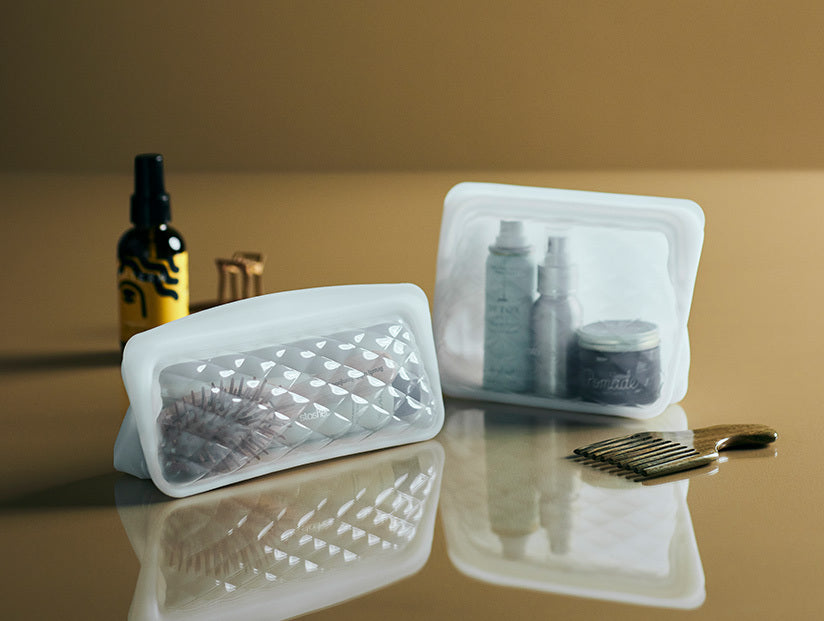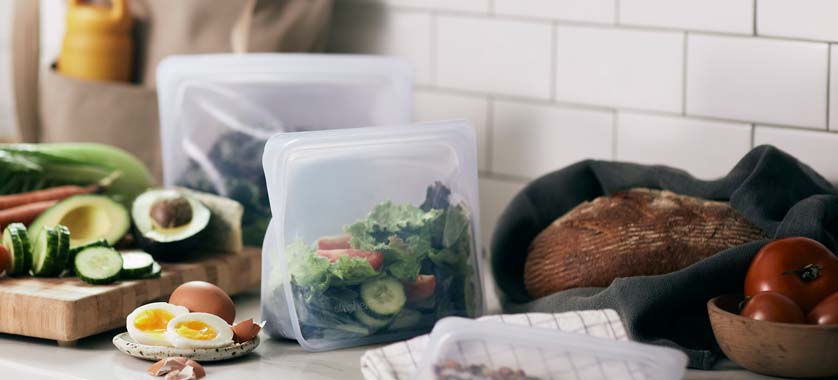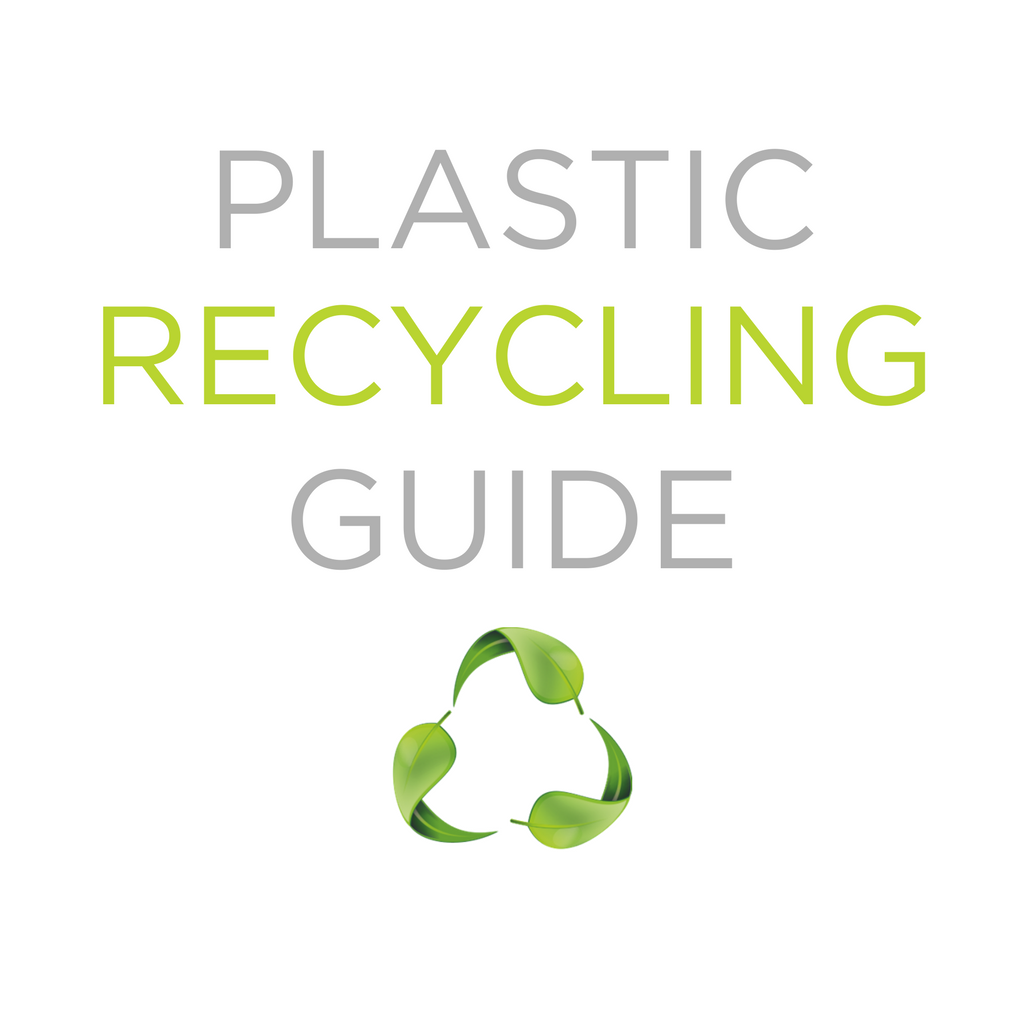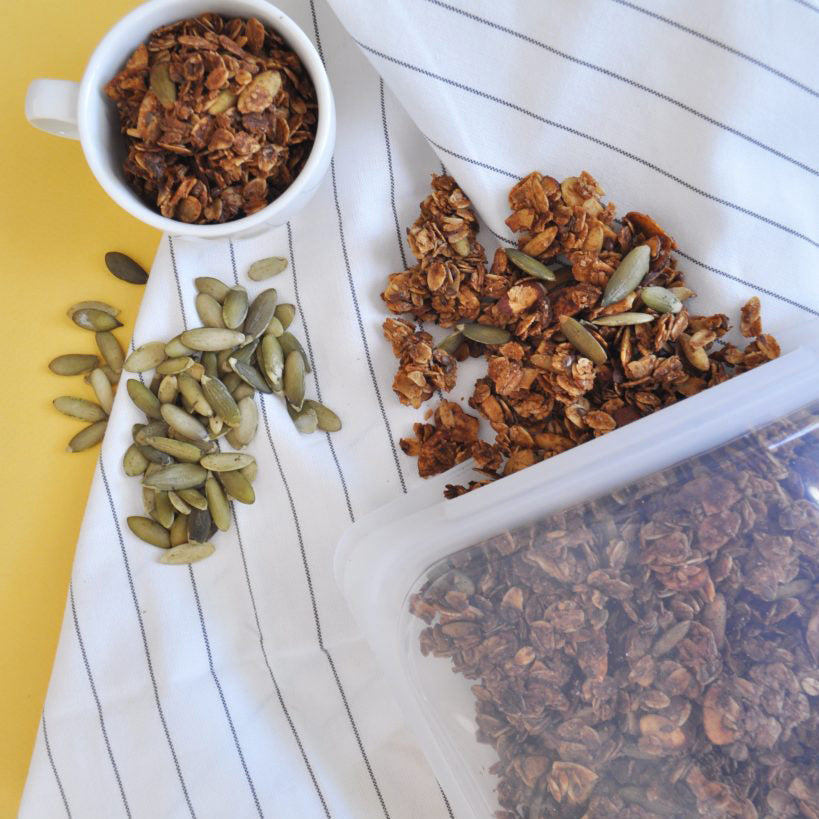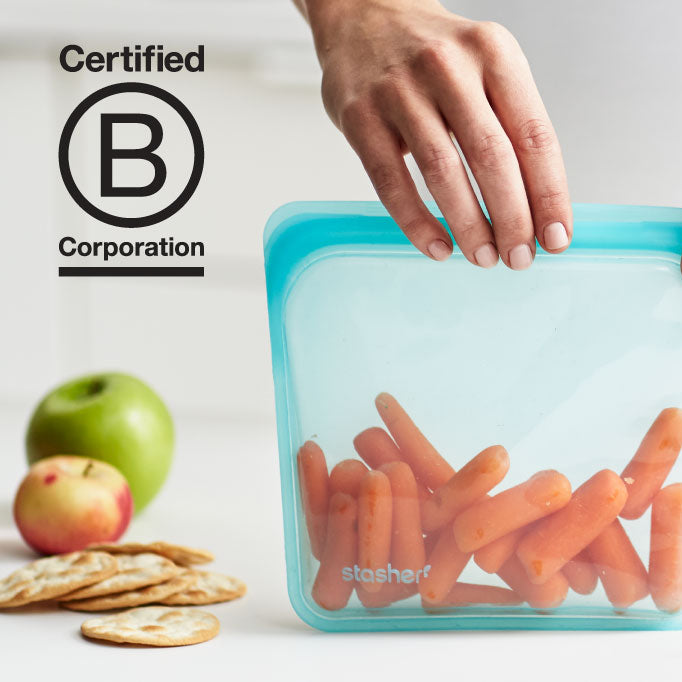“Recycling is not the solution to our waste problem.”
Americans recycle more than 2.4 billion pounds of plastic each year. Yet 8 million metric tons of plastic enter the ocean each year. Which means that dropping plastics in recycling bins isn’t enough to help reduce plastic waste. Once you put something in the recycling bin, it’s out of your control so what happens to it after it leaves your bin isn’t certain.
Bea johnson of zero waste home recently gave a tedx talk titled “zero waste is not recycling more, but less.” johnson explained that “recycling requires energy to process, but also lacks regulations to coordinate the efforts of manufacturers, consumers, municipalities, and recyclers across the globe.”
Thus, because recycling depends on too many variables, it’s not an effective or dependable solution for our worldwide plastic waste problem.
And while there is a reusable for just about every single-use item, and you can purchase in bulk or make everything that you’d normally purchase in plastic packaging, coming into contact with plastic items and packaging can sometimes be unavoidable.
Whether or not you’re living (or trying to live) a plastic-free or zero-waste lifestyle, it’s important to know the basics about recycling. So here’s what you need to know:
Make sure it’s clean
Plastic must be clean in order to be recycled. If even just one plastic item in an entire bale (thousands of pounds of collected plastics) is dirty, the entire bale will end up in a landfill.
By the numbers
Plastic containers and bottles all contain a recycling number or symbol, which indicates the safety, or toxicity, level of the container itself and how it should be recycled.
- #1 – PETE or PET (polyethylene terephthalate): Usually clear and most commonly found in soda, water, mouthwash and beer bottles, and salad dressing and peanut butter containers. #1 plastics are picked up by curbside recycling programs.
- #2 – HDPE (high density polyethylene): Usually opaque and most commonly found in milk jugs, household cleaner containers, juice, detergent and shampoo bottles, cereal box liners, and yogurt and butter tubs. #2 plastics are picked ur by curbside recycling programs.
- #3 – V or PVC (vinyl): Used to make food wrap plumbing pipes, clear food packaging, cooking oil bottles, and medical equipment. #3 plastics can not be picked up by curbside recycling programs and can not always be recycled at drop-off centers.
- #4 – LDPE (low density polyethylene): Usually found in squeezable bottles, shopping bags, clothing, carpet, frozen food, bread bags and some food wraps. #4 plastics can not be placed in recycling bins.
- #5 – PP (polypropylene): Usually found in food containers (like yogurt), bottle caps and ketchup, syrup and medicine bottles. #5 plastics can not be picked up by curbside recycling programs and can not always be recycled at drop-off centers.
- #6 – PS (polystyrene): This type of plastic is styrofoam. #6 plastics most often can not be picked up by curbside recycling programs and should be taken to drop-off recycling centers.
- #7 – Other, miscellaneous: Plastics that don’t fit into any of the above categories are labeled as #7. These plastics include polycarbonate which contains bpa.
The bottom line
When it comes to recycling, the best course of action is to avoid using all plastics in the first place. but if you do encounter plastic items, look for #2, #4, and #5 plastics, which are considered to be the safest, and avoid #3, #6, and #7 plastics.


